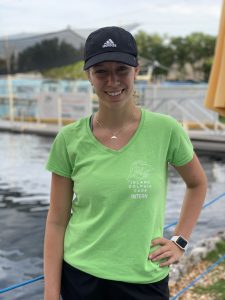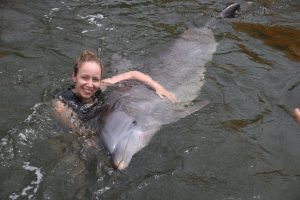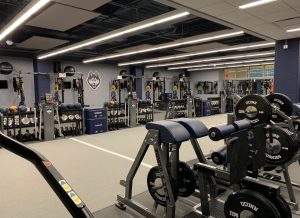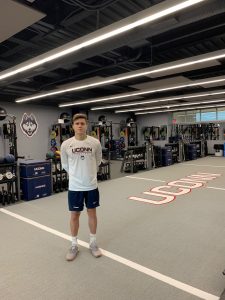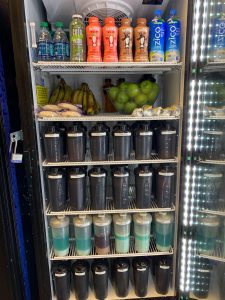It is hard to believe that the summer before my senior year is almost to an end. The most rewarding part of this summer was my internship at the Scranton Counseling Center in the Partial Hospitalization Program. The experience I have gained is indescribable because I have gained vast variety of knowledge. The whole journey of the past three months was amazing, but the most rewarding part of my internship was to see new behaviors every day. The clients were the same almost every day, but their personalities and behaviors vary daily due to their illnesses of depression, anxiety, bipolar disorder, and schizophrenia. From that I have learned that every day holds something new for me and I should be ready to face different situations in the field of psychology. I have learned how to help clients cope with their different moods.
The most challenging part of my internship was when I had a hard time helping a client with how to change their negative thoughts into positive. There were times when clients were so caught up in their past that they were unable to see the positivity and hope for the future. It was then when I faced the most difficulty because they were not at the point to understand how precious life is. However, I hope to continue to grow in this area to better assist clients in the upcoming last two weeks of my internship.
Mili Patel
Neuroscience Major, Psychology Minor




